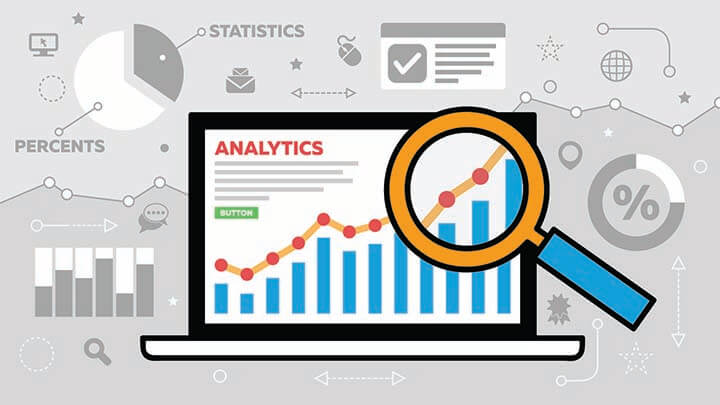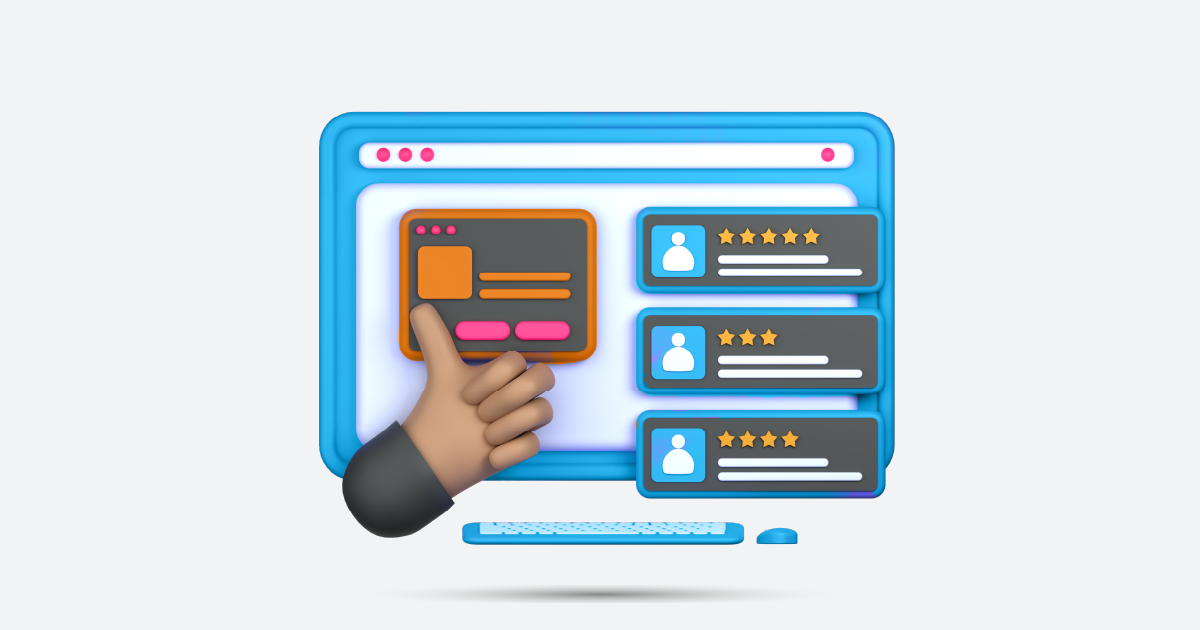In the ever-evolving digital landscape, social media platforms have become integral to businesses, serving as essential tools for marketing, customer engagement, and brand visibility. To stay ahead of the competition, it’s crucial for companies to monitor their competitors’ social media activities effectively. This article delves into the realm of social media monitoring competitors, providing insightful strategies and valuable tips to gain a competitive edge.
Understanding the Significance of Social Media Monitoring Competitors

In this section, we explore why monitoring competitors on social media is vital for business growth, discussing its impact on market analysis and strategy formulation.
Choosing the Right Social Media Monitoring Tools
Discover a variety of advanced tools available for social media monitoring, enabling businesses to track competitors’ activities, analyze trends, and measure social media ROI effectively.
1. Social Media Analytics Platforms
Explore popular analytics platforms that offer in-depth insights into competitors’ social media performance, including engagement metrics, follower growth, and content effectiveness.
2. Sentiment Analysis Tools
Learn about sentiment analysis tools that gauge public sentiment towards competitors, helping businesses understand how their brand is perceived in the market.
Identifying Competitors and Defining Key Metrics
This section discusses the process of identifying competitors in the digital sphere and establishing key metrics to monitor, such as follower count, engagement rate, and content reach.
Analyzing Competitors’ Content Strategies
Delve into the art of dissecting competitors’ content strategies, including the types of content they post, posting frequency, and the use of multimedia elements. Learn how to draw inspiration while maintaining authenticity.
Influencer Insight: “Monitoring competitors doesn’t mean copying them. It means learning from their moves and finding ways to be better.” – Gary Vaynerchuk, Social Media Expert
Social Media SEO: Optimizing Content for Search Engines
Uncover the intersection between social media and SEO, exploring how businesses can optimize their social media content to enhance online visibility and improve search engine rankings.
1. Hashtag Strategies
Discuss effective hashtag strategies that boost content discoverability and engagement on social media platforms, exploring trending hashtags and custom brand-specific ones.
Record-Breaking Example: #BlackLivesMatter on Twitter
The hashtag #BlackLivesMatter broke records in 2020, being used over 26 million times in just a few days. Brands like Ben & Jerry’s successfully engaged with the trending hashtag while aligning it with their values, demonstrating the power of social listening and adapting quickly to movements.
2. Keyword Integration
Explore the integration of relevant keywords into social media posts, enhancing search engine optimization and ensuring content appears in relevant searches.
Leveraging Competitive Analysis for Strategic Planning
Learn how businesses can leverage insights from social media monitoring to enhance their marketing strategies, product development, and customer engagement initiatives, gaining a competitive advantage in the market.
Case Study: Coca-Cola vs. Pepsi’s Real-Time Marketing Battle
In 2021, Coca-Cola and Pepsi’s social media strategies provided a prime example of effective competitor monitoring. When Pepsi launched its ‘#BetterWithPepsi’ campaign, it trended on Twitter, gaining millions of impressions in a few days. Coca-Cola’s response was swift: they launched a competing campaign with #CokeSummer, focusing on user-generated content to celebrate summer moments with Coke. The rapid response and timely monitoring allowed Coca-Cola to stay relevant and engage audiences with its own narrative, proving the importance of agility and competitive awareness in social media marketing.
Case Study: Nike vs. Adidas—Tracking Engagement in the Sneaker Wars
Nike and Adidas have long been competitors in the athletic wear market. By leveraging sentiment analysis and engagement metrics on platforms like Instagram and Twitter, Nike discovered that their influencer-led posts, featuring athletes like LeBron James, saw nearly 20% higher engagement compared to Adidas’ influencer posts during product launches. This insight prompted Nike to focus on amplifying their influencer strategy even more aggressively.
Case Study: Tesla’s Competitive Edge with Monitoring and Innovation
Tesla has set itself apart by not just monitoring competitors but by actively engaging with its audience in real-time. CEO Elon Musk’s Twitter presence exemplifies this, with direct responses to both praise and criticism, giving Tesla an agile approach to customer interaction. Monitoring competitors and understanding the conversations around electric vehicles allowed Tesla to refine its product launches and keep its brand at the forefront of innovation.
Conclusion
In conclusion, social media monitoring of competitors is not merely a strategic advantage; it’s a necessity in today’s digital age. By employing the right tools, analyzing key metrics, and refining their content strategies, businesses can outmaneuver competitors and achieve sustained success.
Ready to revolutionize your social media monitoring efforts? Request a demo from AIM Technologies today and discover how our cutting-edge solutions can empower your business to thrive in the competitive social media landscape.
FAQs
Q1: Why is social media monitoring important for businesses?
- Social media monitoring allows businesses to track competitors, understand market trends, and engage with their audience effectively, leading to informed decision-making and strategic growth.
Q2: What tools can businesses use for sentiment analysis?
- There are several sentiment analysis tools available, such as Brandwatch, AIM Insights, and Sentiment140, which help businesses gauge public sentiment towards their brand and competitors.
Q3: How often should businesses monitor their competitor’s social media activities?
- The frequency of monitoring depends on the industry and market dynamics. However, businesses should aim to monitor competitors regularly, at least on a weekly basis, to stay updated with their latest strategies and trends.
Q4: Can social media monitoring help businesses improve their customer service?
- Yes, social media monitoring enables businesses to identify customer concerns, feedback, and complaints in real time, allowing them to address issues promptly and enhance their customer service efforts.
Q5: Are there free social media monitoring tools available for businesses?
- Yes, there are free social media monitoring tools like Google Alerts, Hootsuite, and Social Mention that offer basic monitoring features. However, for comprehensive insights, businesses often opt for paid tools with advanced functionalities.




